Ultimate Disney Parks Photography Guide
Looking for the best camera or lenses, tips for taking great photos or to improve your photography? This guide offers tutorials to take better photos in a variety of scenes at Walt Disney World, Disneyland, and beyond! (Updated March 22, 2020.)
These tips are key, and will help you take better photos of Disney fireworks, dark rides, Cinderella Castle, and much more that’s specific to the parks. However, the first thing you should do is learn the basics of photography. For this, I highly recommend a copy of Understanding Exposure. Seriously, just get it.
All of the expensive equipment in the world won’t help you if you haven’t learned the basics, and that book is the best way to learn the basics. It’s how I taught myself photography and many others have used it to do the same. A book is a lot cheaper than a new lens, and if you’re a beginner, that book will improve your photography more than a new lens.
Along those lines, realize that no camera “takes good pictures.” Some cameras can help an adept photographer more than others, but if the person taking the photos doesn’t do things right, photos taken with a Nikon D850 can look worse than photos taken with an iPhone. Likewise, many experienced photographers can take better photos with an iPhone than inexperienced photographers can with expensive DSLRs on Auto Mode.
This guide will primarily focus on providing you with resources for learning more about photography, so you can really take your photos to the next level. If you’re sitting around at home practicing social distancing or self-quarantining, the good news is that this is the perfect time to learn photography!
It’s surprisingly easy to improve your photography at home, alternating between reading books and practicing with subjects around your house or in your backyard (my #1 subject for testing out new photography techniques is our cat!). Knowledge is so much more important than equipment, and once you learn more about photography, you realize you don’t need to waste additional money on more equipment!
With that update out of the way, let’s continue with a few of my favorite photography books…
Books
Understanding Exposure – Again, this is the newest edition of the book I used to learn photography. If not for this, I might still be using automatic mode. It is the definitive photography textbook, but written in a way that is accessible for everyone, without being dry and overly technical. It’s a wealth of information, from the basics to some more advanced techniques, this book is the perfect jumping off point.
The Photographer’s Eye – Great composition is paramount to a great photo, but unfortunately it’s one of those things that’s difficult to learn. This book helps any aspiring photographer really learn composition. This is a book to read over and over again.
Scott Kelby’s Digital Photography Boxed Set, Volumes 1, 2, 3, and 4 – A four part series of beginner and intermediate books with plenty of useful tips for veteran photographers, too. The information in these books really runs the gamut, and if ever there were to be a single (or 3 book) series for mastering the craft/business of all types of photography, this would be it.
***Click here for our full list of Photography book recommendations***
Disney Photography Tips
We’ve done a number of blog posts providing tips for improving your photography at Disney. I can’t stress enough that knowledge is the biggest component of taking good photos at Walt Disney World (and beyond!) so you should really read some of the tutorials I’ve written. They have helped a lot of people.
You should read these after you read Understanding Exposure. These guides all assume you have a decent foundation to understand the basics of photography, and you might be confused by these if you don’t know the basics:
- Disney Dark Ride Photography Guide
- How to Photograph Fireworks
- How to Take Great Photos with Your Point & Shoot Camera
- Top 10 Lenses for Disney Parks Photography
- 5 Indispensable Tips for Disney Photography
- Unique Family Photo Ideas at Disney
- Top 10 Tips for Night Photography at Disney
- Tips for Improving Your Photo Composition at Disney
- Tips for HDR Disney Photography
- Best Magic Kingdom Fireworks Spots
- Best Disneyland Fireworks Spots
- Tips for Using Prime Lenses at Disney
- Tips for Using Telephoto Lenses at Disney
- Main Street Electrical Parade Photography Tips
- World of Color Photography Tips
- Fantasmic Photography Tips
- Christmas Photography Tips
- Top 10 Cinderella Castle Photo Spots
- Top 10 Sleeping Beauty Castle Photo Spots
- Neutral Density Filters for Fireworks Photography
This just scratches the surface on the photography guides we’ve written. To read and learn more, browse the photography category of posts on the blog. Once you’ve learned a bit, it might be time to buy some new equipment to help you take better photos. Read on for our buying suggestions…
Cameras
The first thing you need to do is determine which type of camera is right for you. Over the past decade, I’ve tested 20+ cameras and talked with hundreds of beginners who wondered which camera to buy. From that, I’ve learned that the “right” camera for a beginner is almost entirely a matter of personal preference and goals. (If you want look at the equipment I currently carry, check out What’s In My Camera Bag for 2020.)
When thinking about which camera to buy, you have to think about your intent. Are you primarily interested in capturing quality photos of your family’s memorable moments on vacation? Consider a nice point & shoot. Concerned about camera size and weight? Go point & shoot. Want an starter camera that will make learning easier? Again, think point & shoot.
Sony RX100 – This point and shoot has been described by just about everyone who has reviewed it as a game changer. I was skeptical at first, but I drank the Kool Aid, and am loving it. This point and shoot somehow combines a large sensor and a great f/1.8 lens into a compact package. We carry this camera just about everywhere. (Read Our Full Review w/ Photo Samples.)
We think the Sony RX100 is the best starter camera for 75% of people reading this post. The other 25% should consider an entry level DSLR or just stick to using their iPhone for photos (the newer iPhone cameras are exceptional–but still not as good as the Sony RX100).
Nikon D3500 DSLR – This is the perfect entry level DSLR for beginners, offering great bang for your buck in a small size. It has solid image quality when compared to higher level cameras, and only lacks some of the features–definitely a great value.
Nikon D7500 DSLR Camera – If you’re upgrading or are more serious about photography, go straight to the Nikon D7200. The benefits of the D7200 over the lower models are improved dynamic range & high ISO performance, better build quality, better HD video capabilities, and more.
Nikon D750 DSLR Camera – The best bang for buck camera for taking Disney photos. Awesome autofocus, excellent high ISO performance, and amazing image quality. The controls and functionality are great, making this a really versatile camera.
Nikon D850 DSLR Camera – The newest, biggest, and baddest (in a good way) DSLR that offers unparalleled performance. It’s not cheap, but it can outperform pro-grade cameras that cost twice as much. I’ve had this camera for nearly 2 years now and absolutely love everything about it (read my full review for more info and sample photos).
Ultimately, which of these DSLRs you buy depends upon how serious you are about photography. If you’re just getting started, no matter how excited you are about photography, I don’t recommend buying anything above an entry level model, no matter how large your budget.
For more experienced photographers looking to make an upgrade, the Nikon D850 is an amazing camera. It’s pricey, but the results are potentially worth it if you’re serious about photography. I have zero regrets about purchasing it!
Lenses
If you are serious about photography and opt to purchase a DSLR or mirrorless camera, you’ll also want to think about lenses. We have used a lot of lenses over the past few years, and we have reviewed many of these lenses on the blog. So many, in fact, that considering which to buy when your first upgrading your camera gear can be a bit intimidating.
Fortunately, we’ve put together our Top 10 Lenses for Disney Photography List that offers ideas for the best upgrade options at the beginner and intermediate level. There’s a variety of lenses on this list, from prime lenses that are great for portraits and dark rides to fisheye lenses good for fun, creative shots.
The majority of my photos are shot with ultra-wide angle lenses. I love the wide panorama look, and also using these lenses to my advantage to intentionally distort a scene. If you’re considering going wide, read my Ultra Wide Angle Lens Guide. It’ll help choose the right one.
Some of my favorite lenses include the Rokinon 8mm f/3.5 Fisheye Lens, Sigma 18-35mm f/1.8 Lens, Tokina 11-16mm f/2.8, and Sigma 30mm f/1.4. You can read about all of these lenses, and our other top picks, on that top 10 list.
***We have a lot more reviews on our Lens Reviews Page. Read that to decide what’s right for you***
Bags, Tripods & Accessories
A lot of beginners make the mistake of only budgeting for a camera and lens when starting out, only to find out they need other accessories. These things quickly add up and can cost far more than expected.
Some of these things are gadgets and trinkets that can real help out in certain situations, but aren’t universally applicable. I’ve put together a post of the Top 10 Photography Accessories for Disney Photography that are items that will really help with taking photos in the parks (in my experience, a lot of these are useful elsewhere, as well).
Here are some specific things I recommend:
Lowepro SlingShot 102 AW – This bag provides great bang for your buck, and can store your camera with a lens mounted, plus two additional lenses. It’s possible to cram three additional lenses into this in a pinch by using the top pouch for the 50mm f/1.8 or another small lens. It’s much better than the 100AW that it replaced, because you can carry a tripod on the side of it!
Velbon Luxi-L III Tripod – This is a GREAT tripod: incredible value, height, and it collapses to a small size. It’s not perfect, but it’s a balanced tripod and perfect for travel.
Tiffen 77mm Circular Polarizer – A great option for deeply saturated blue skies, but is by no means a necessity. It also acts as a neutral density filter, of sorts. Be careful using polarizers on wide angle lenses. You may not like the uneven results.
Guide Conclusion
As mentioned above, the vast majority of people just getting started in photography are probably best suited by a high-end point and shoot camera, with my absolute top pick being the Sony RX100. This is a great way to get a taste of serious photography with customizable settings and excellent image quality, but in a compact package. Most people won’t outgrow that camera, but if you do, then look at DSLRs or mirrorless cameras.
If you’ve already decided that a DSLR camera is your best option, you’ll want to think about everything you need to go along with it to really take your photography to the next level. If you’re on a limited budget, start out by making 3 upgrades: 1) tripod, 2) Sigma 18-35mm f/1.8, and 3) Tokina 11-16mm f/2.8. I’d say these are the 3 best purchases a new DSLR photographer who wants to photograph the Disney Parks can make to improve their game.
However, if you really want to take your photography to the next level, gear is not what you need–at least not exclusively. What you need is knowledge. You will never take amazing photos in auto mode. You need to start by getting a copy of Understanding Exposure to learn the fundamentals, and then read more advance books, tutorials, and practice like crazy. Anyone can become great at photography, but you can’t get there just by purchasing fancy toys. 🙂
Finally, a word of warning. Don’t take shortcuts when buying photography equipment. Yes, it’s expensive, but I’ve discovered first-hand that buying photo gear on eBay or Craigslist is a huge risk. You don’t know how the seller took care of their gear, if it’s grey market (meaning US manufacturers won’t service it if there’s a problem), or what problems may come up down the road. You also don’t save that much over buying new. Finally, you don’t get a warranty. Things do go wrong with cameras, seemingly inexplicably, and it would really stink for that $1,000 investment to break with no recourse for you.
We’re Amazon Prime members, so we almost always order from Amazon.com. I also recommend Adorama.com
, B&H Photo, or Abes of Maine, but I generally avoid all other online photo retailers (I STRONGLY recommend avoiding J&R Cameras due to two negative experiences I’ve had with them). By the way, if you are considering a purchase of any photography equipment, lenses, or anything else for that matter we would greatly appreciate it if you use the links in this post to make your purchase. It benefits the site, doesn’t cost you a dime, and helps us to keep providing you with useful(?) content!
Your Thoughts
What have you found helped improve your photography? Have other photography tips of your own to add? Other gear recommendations? If you have questions, please leave them in the comments below and I’ll try my best to help!
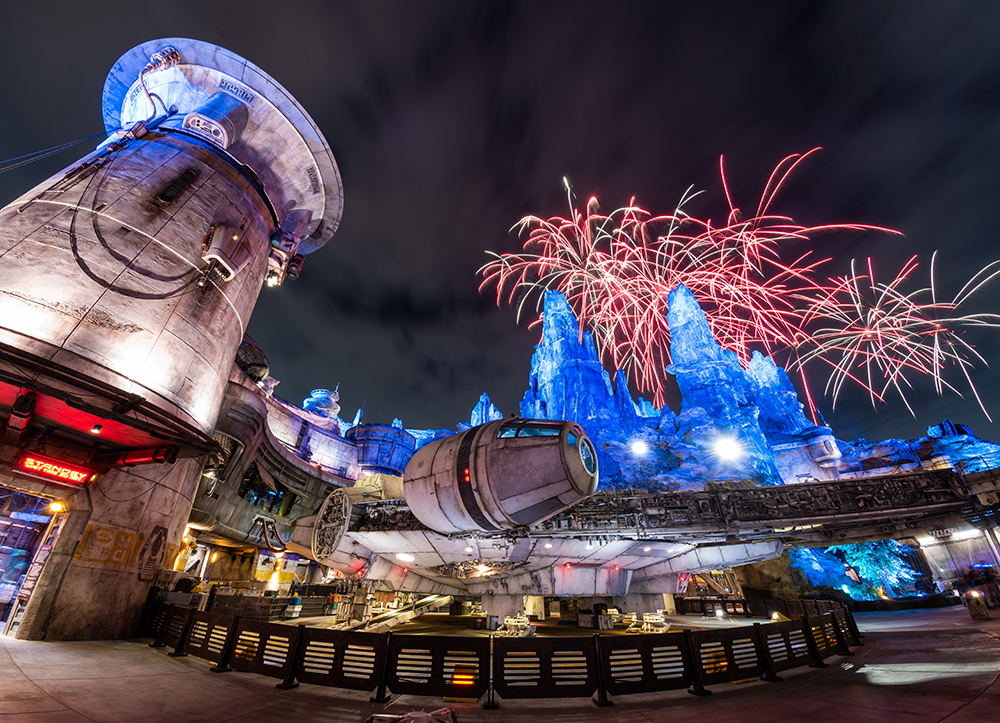

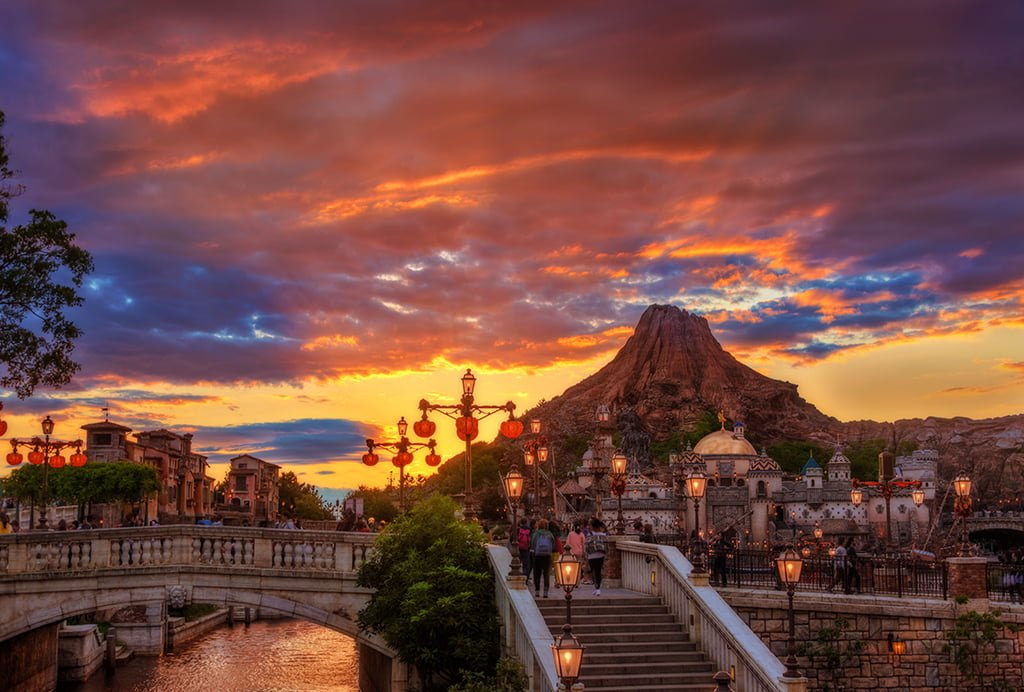
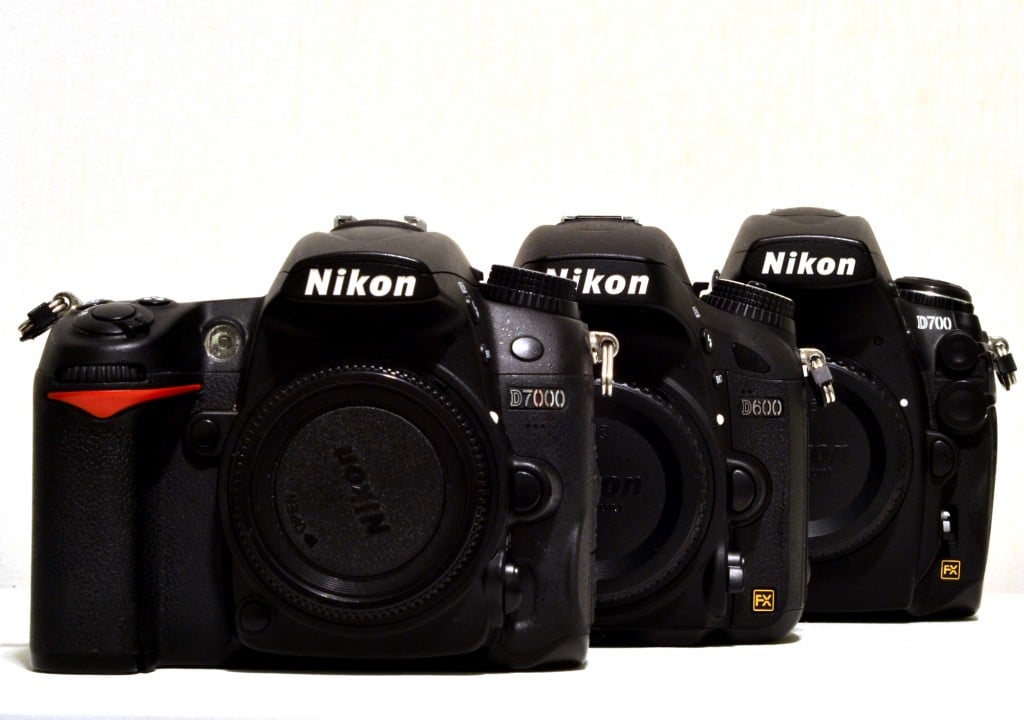
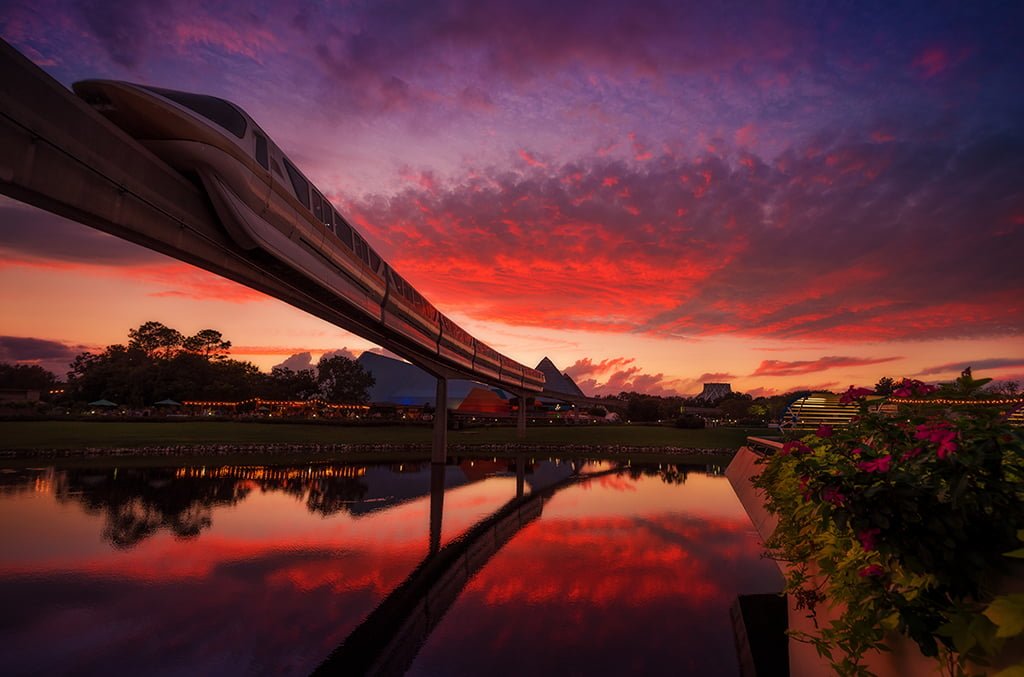
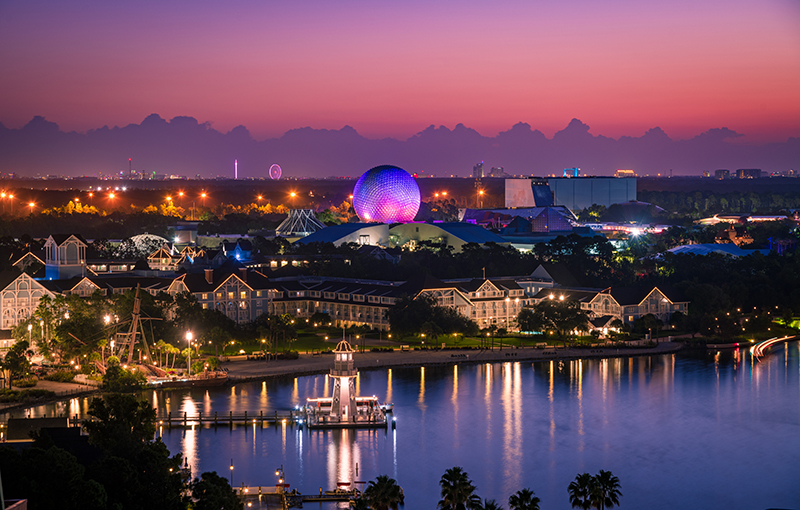
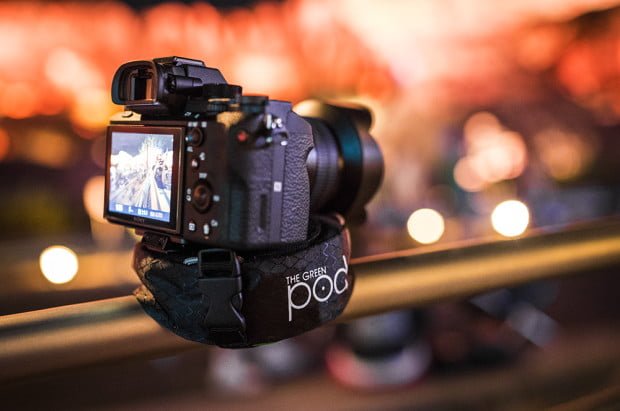
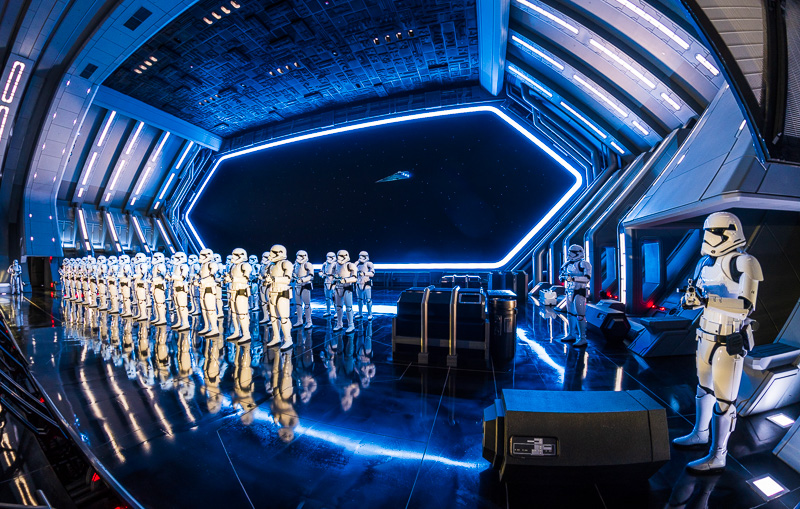

Tom,
I had a question I hope you could help me with. I have read most of your blog. And really got me into photograpy. I use three cameras. a sony rx100 (first gen, I purchased it in 2013, great camera), I have a panasonic dcm-ts2 (I use just for in water pictures, nothing else) and I also have a d3200 with typical kit lens which i never use, probably should just sell it, a sigma 17-50 f2.8, This is typically on my camera and a nikkor 70-300 VR f4.5-6.3 ed. I’m happy with my set up, but have been santing to expand and I’m torn between going wide angle tokina 11-16 dx-II or going with a fast prime sigma 30mm 1.4.
Typically for dark shooting with my kids or something I use the rx100. I find the 1.8 is fast enough to typically get great pictures. Will the 1.4 give me much more? or will I find the addition of the 11-16mm and being able to just have the wide angle give me more in my shooting.
Any advise would be great. Thanks for your help.
Ben
Hi Tom, not here to get into Camera wars or general trolling. But does the A7iii not have the same 35mm sensor as the Nikon D850? And does Sony not make the sensor for the Nikon camera itself? Likely they are similar, if not the same Full Frame sensor.
OK, going to correct myself. Not the same sensor since Nikon has 46MP and Sony 24MP. Maybe this is what you mean by size of sensor.
Tom,
Thanks for the great post. I’ve been following you since I discovered your account on the WDWMagic forum back in 2007 after my first visit to Disney. Because of your amazing photos and insightful posts, I picked up photography as a hobby shortly after that and am proud to now call myself a self-taught theme park photographer. Now, while I mostly focus on roller coasters around the country (and rider reactions and panning shots are my favorite types of photos), I will be making my first trip back to WDW in 5 years and my first-ever trip to Disneyland this summer, camera in tow. Because of your influence, I also became a Nikon man and never shied away. Currently shooting D750, but will likely be picking up the Z7 in the near future as well. Thank you to you and Sarah for all you do for fans of Disney and photography both.
Do you have a taking photos and videos with an iphone guide?
Hi
I’m a photographer and I go to Disney every year but last year my monopod tripod was taken off me by security at the gate so this year I’m taking a normal tripod with three legs not one. What’s the possibility that this will be taken off me.
How are you liking the Voigtlander 10mm? I am getting one for some upcoming trips. I understand this can be a challenging lens for good compositions. Any tips?
How are you liking the Voigtlander 10mm? I am thinking about getting one for some upcoming trips (mostly non-Disney). Currently my widest is 18mm.
Understand this can be a challenging lens for good compositions. Any tips?
Hi, I have a D750 but was thinking of buying an Sony a73 for my WDW trip to save a little weight. It’s been a few years since my last trip but I seem to remember dealing with lots of places that were dimly lit or were very sunny. Do you have any flash recommendations for the Sony a7, have you tried the hvl 45 rm or the 60rm? Also, have you tried their 24-105 for an all in one walk around lens. Thanks for all the great info on your site too. I’ll be sure to use your link for my purchase too.
FWIW the BEST camera to take to anywhere is the one you are happy carrying and one that WILL be with you when you want to use it. It’s easy to argue this format, that body, that lense etc and all things being equal there are valid arguments for it all. I now am exclusively M34 and have sold off all my SLR stuff as got sick of carrying it all. I dipped my toe in water four years ago with an older M34 (Panasonic GX1) and got some really great results. I have upgraded this to a G5 as I missed the viewfinder of the SLR and a better lense so the initial downsize has increased a little due to my preferred shooting style. If I am happy with this physical camera format/size/shape will get a latter body. Could I have got better images with higher end equipment (ie: SLR) – most probably, are the images captured acceptable for my purpose also absolutely. Whatever you choose dont get hung up on specs so much as do you know how to get the best from what you are shooting with.
We are planning a trip to Disney World and have been searching for the best camera to purchase for our trip. After reading your blog we decided on the Sony RX100 III. I have a question regarding its 2.9x optical/11x digital zoom. I was wondering from your picture taking experience in Disney World if the 2.9x optical/11x digital zoom would be sufficient for Disney and other uses or if we should consider a later version of the RX100 such as the RX100 VI which has 8x optical/32 digital zoom. Also do you think the RX 100 VI’s 32 digital zoom function compares well to pure optical and would justify the extra cost? Thanks for sharing your in-depth knowledge of cameras on your blog. I enjoyed reading it very much.
Hey Tom, VERY curious about the A7III as I’ve been thinking long and hard about making the switch from my D600. Any thoughts you have would certainly be welcome.
Hi
I enjoy your site and photography, but was kind of confused about a comment you made regarding the larger sensor size of the Nikon vs the Sony A7iii…arent they both Full frame, thus the same size? Or are you referring to the PPI [which may very well be different??]. Thanks for the clarity and
Kungaloosh!
Full frame refers to how much of the lens is used, not the size of the sensor.
I understand the shift to m4/3. Ior mirror less. I have recently shifted entirely to m4/3 I had a nice Dslr setup that weighed too much to carry all the time. I experimented with an older m4/3 on a trip 4 years ago and haven’t looked back. I have sold off my primes and dslr kit but have updated to a better m4/3 body and a better general lense. Ironically looks a lot like a really compact Dslr . I have forgone a little on the size benefit as new system is physically larger than old but still weighs a whole lot less than when I carried a Dslr. The cold hard reality is for most of what most people need they don’t need a Dslr. Even smartphone now do take some really nice images and meter pretty well much of the time. Sorry for spelling as typing this on smart phone whilst on vacation in Paris (with my m4/3 over.my shoulder)
I too want to hear more about your experience with the Sony. I was seduced into upgrading from a D3000 (10yrs) to a D850, partially because of your post about it. However, I’ve really hated the huge amount of weight I now lug around. A lighter version for certain occasions would be great. I also bought the Nikon 28-80mm f/3.3-5.6G Autofocus Nikkor Zoom Lens. That has turned the D850 into a walk around for me.
I definitely want to hear more about your experience with the A7 III. I’m an A7R III shooter myself.
I would love to read more about your thoughts on the Sony a7 III.
Do you ever travel with a shot list or do you just take photos of what strikes your fancy (or both?) If you have shot lists – would you ever consider sharing a few? Love the blog. Thank you!
Which one is actually better for a low budget DSLR? Was reading an article on Sleeq Tech(https://www.sleeqtech.com/nikon-d3400-vs-canon-t6) and the writer said that he would grab the Nikon T6 for daily usage.
The article is a little bit contradicting because the title and the context are contradicting. He said that both of them are almost similar. Wasted my time reading that article. What’s your take on this Tom? Should I grab the D3400 or T6 for daily usage? Hope to hear from you soon Tom.
I know absolutely nothing about the T6, but my general take (and this applies across the product range) is that Nikon has been pushing the envelope tech-wise in the last couple of years, leaving Canon behind to a degree.
Canon still holds an edge in high-end portrait lenses and for sports photography, but unless you’re in those niches, Nikon is the better option. If you’re shooting landscapes, there’s no question: Nikon is far and away the superior option.
thanks for sharing useful info with us.
For anyone considering the mirrorless/DSLR option for Disney parks photography, I’d like to put in a plug for the Micro Four Thirds system, and particularly the Olympus OM-D cameras. This system has a somewhat smaller sensor size than other mirrorless and DSLR cameras, but it is still larger that P&S cameras. The greatest advantage of the smaller sensor is the camera bodies are smaller and the lenses are MUCH smaller. For example, the Micro Four Thirds equivalent of the Nikon 24-70 f/2.8 lens is half the length and one third the weight. If you are carrying two or three lenses around the parks all day, those differences add up quickly!
Another advantage of the Micro Four Thirds mirrorless system is that it is quite mature, and has the best selection of lenses and accessories for any system other than Nikon or Canon. If you really get into photography, Micro Four Thirds is a system that can grow with you.